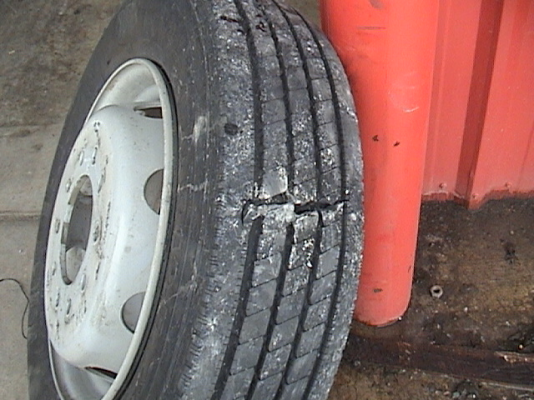I'm furious at the article in Good Sam's Highways magazine. It says 18% of those of us with a motor-home will have tire failures, and 32% with trailers will too!! WHAT? 1/3 with towables will have a tire poop the bed and most likely "damage the rig"?
One would think these numbers would - hell, I don't know, cause the folks at arguably the biggest RV group in the country to be a little upset. Maybe apply some statistical analysis to the survey? Offer some suggestions to the tire guys? Offer some suggestions to US? 1/3 of us will possibly damage our rig! 1/5 of us with motor-homes will lose a tire, gees, maybe the rig?
What does it take to get some action? Oh wait, when the numbers get to 50% of everybody, then we'll get serious! Whose tires are the biggest problems? Were do they fail? What happens when they do? Crash, damage, nothing (flat tire)?
Thanks for letting me vent!
Your comments?
johncmr
One would think these numbers would - hell, I don't know, cause the folks at arguably the biggest RV group in the country to be a little upset. Maybe apply some statistical analysis to the survey? Offer some suggestions to the tire guys? Offer some suggestions to US? 1/3 of us will possibly damage our rig! 1/5 of us with motor-homes will lose a tire, gees, maybe the rig?
What does it take to get some action? Oh wait, when the numbers get to 50% of everybody, then we'll get serious! Whose tires are the biggest problems? Were do they fail? What happens when they do? Crash, damage, nothing (flat tire)?
Thanks for letting me vent!
Your comments?
johncmr

